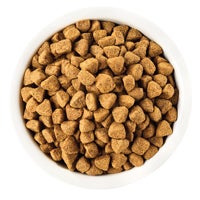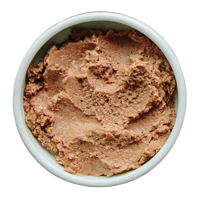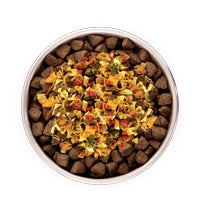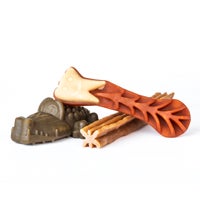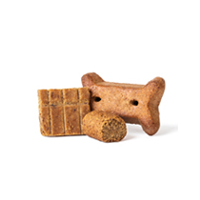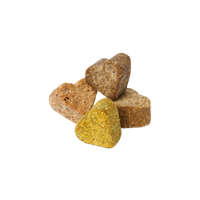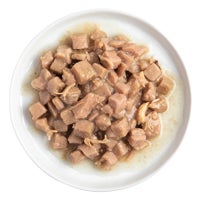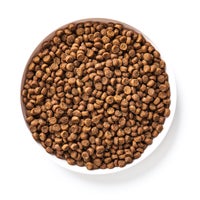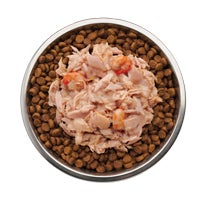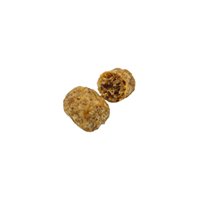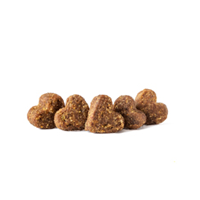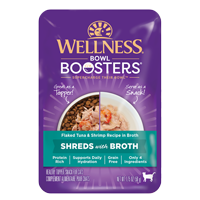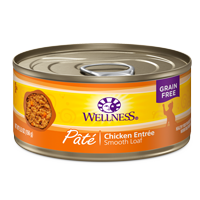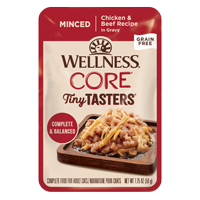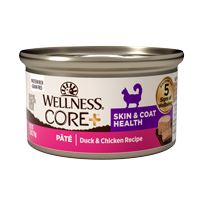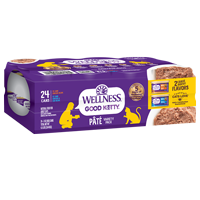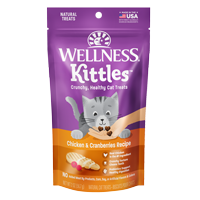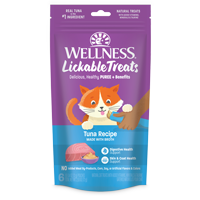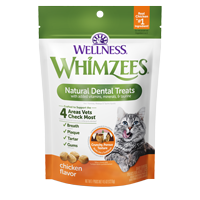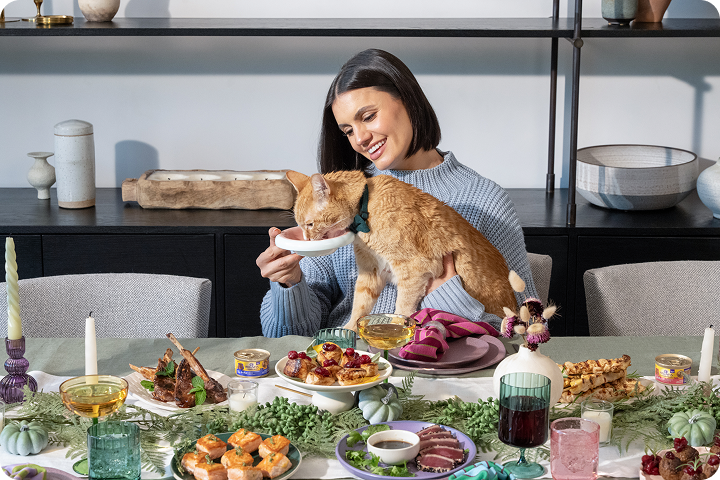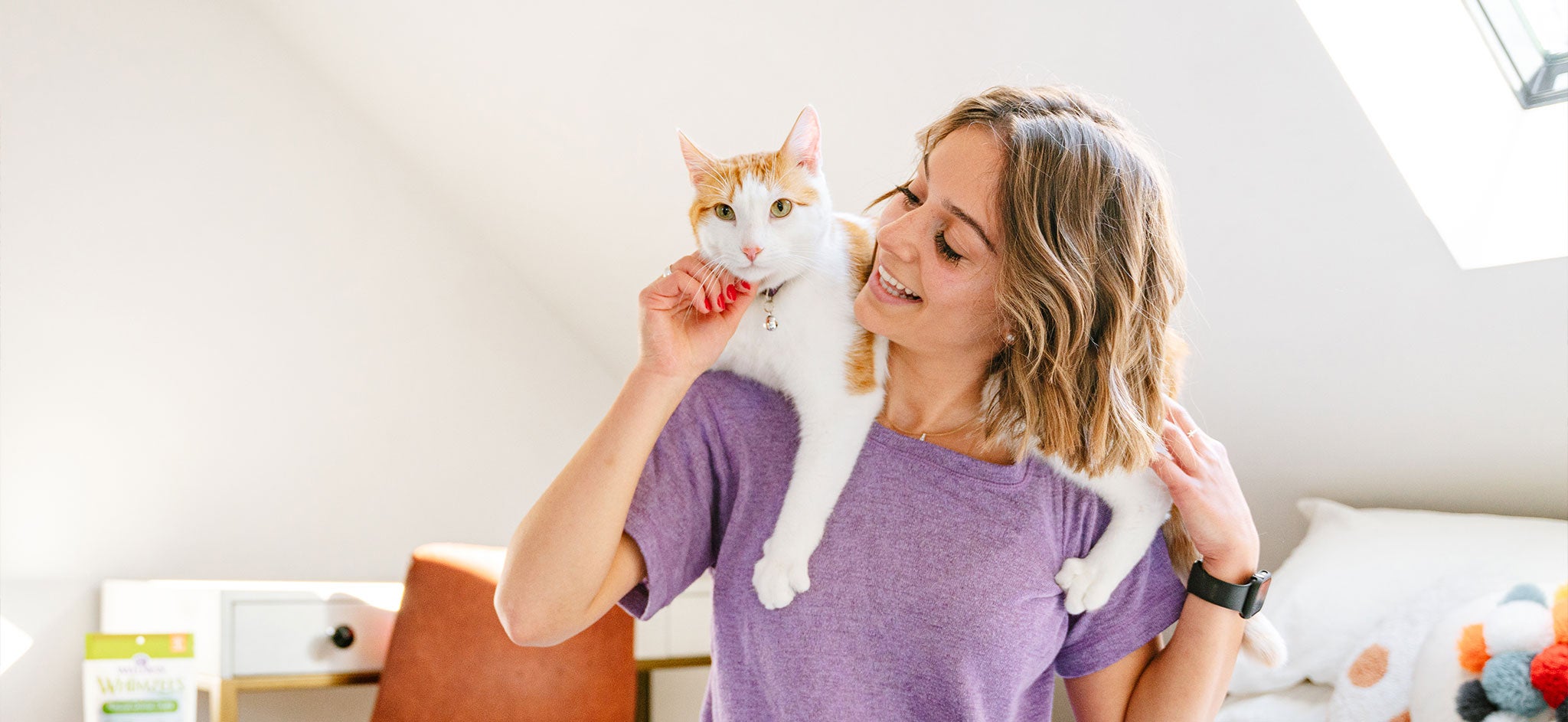
Wellness For Cats
Find the Right Product
Wellness® complete and balanced recipes for cats are thoughtfully crafted to support the Five Signs of WellbeingTM. Every recipe is made with high-quality ingredients to support whole-body health so that you and your cat can share a life of wellbeing together.
Explore Products by Brand
Related Blog Articles
Isn’t Every Day National Cat Day?
If your cat is anything like ours, every day is cat day at your house. Five am? It’s time for canned food, aka, “tuna time”. Sunny day? “Please open the door so I can lounge on the deck.” There’s no doubt our cats are spoiled and we enjoy spoiling them. To keep your whiskered-friends happy […]
5 Tips for Socializing Your New Kitten
How to socialize a kitten We all want to have a cat that interacts well with other people and pets, right? Socialization is the key to achieving this, and the first four to sixteen weeks of a cat’s life are critical for behavioral and social development. It is important to have a plan for socializing […]
Cat Feeding Guide: Wet & Dry Cat Food
There are advantages to feeding a cat a combination of both wet and dry food ensuring your feline enjoys the benefits both meal plans have to offer. Guide To Wet & Dry Cat Food • Dry food is very convenient to serve, especially if you cat is a nibbler and returns to her food bowl […]
A few of our pawsitively happy customers
Check out what our community of pet parents have to say about Wellness!
